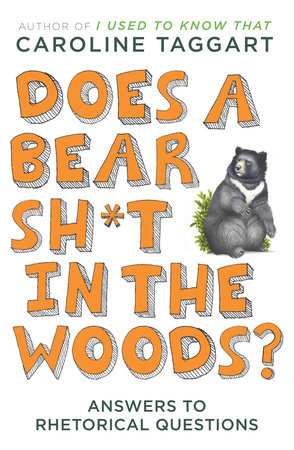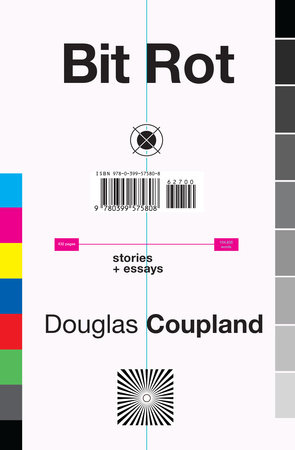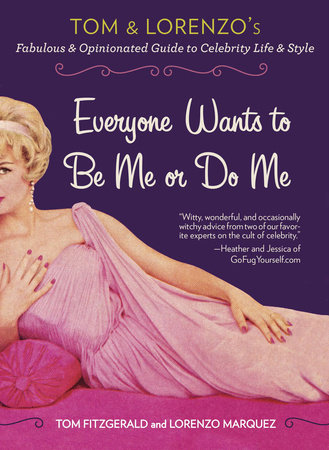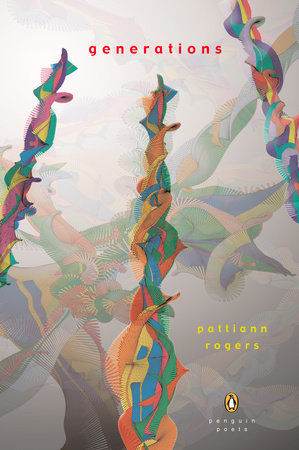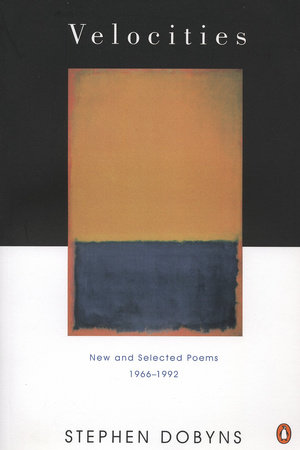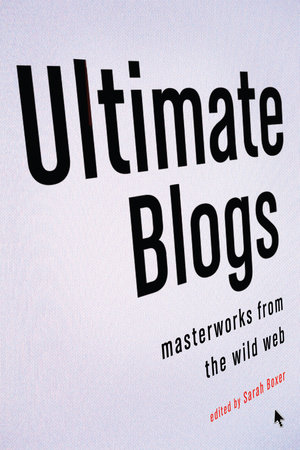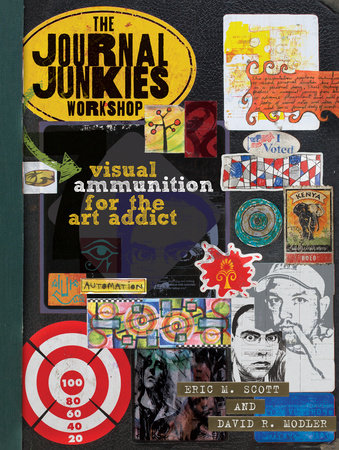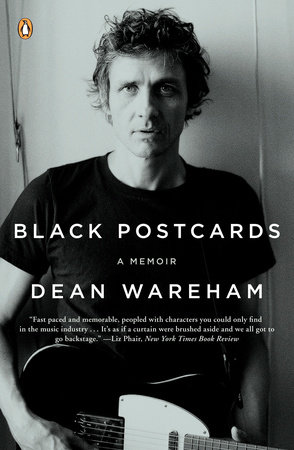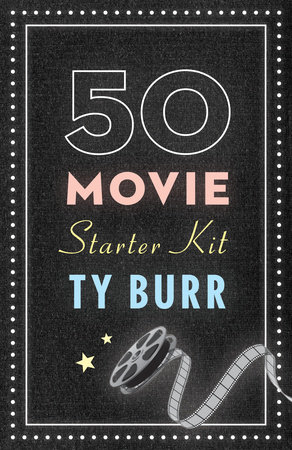Q: After working as a film critic for over a decade, why did you write this book now? A: Very simply, I wanted to watch something with my children that we could all enjoy on the same level at the same time. Today’s kiddie movies throw in topical references to keep mom and dad amused, but that’s just an easy and rather cynical way to keep older viewers from falling asleep. An old movie like “Stagecoach” or “Casablanca” or “To Kill a Mockingbird” or “The Court Jester” draws everybody in for the same reasons: good story, good characters.I also saw, once I had kids, how ghettoized children’s viewing choices have become. There’s PBS, Nick, Disney, Cartoon Network, and then there’s grown-up land, with its attendant brutalities. Alternatives seemed few, if non-existent. I listened to friends bemoan how narrow their kids’ viewing choices were and I kept mentioning these things called “classic movies.” “Oh, my son won’t sit still for black-and-white,” they’d say. “Have you tried?” I’d respond. “Have you picked the right movie?”Eventually I realized that not many people knew what the right old movies were and that, by dint of years of film geekery, I did. And I also had these two lovely little spuds named Eliza and Natalie on whom I could experiment. Thus the book.Q: The film industry has typically divided “grown-up films” and “children’s films.” Why do you think that is? And how can classical films bridge the gap?A: It didn’t used to be that way. During the Golden Age, from the 1930s through early 1960s, most “grown-up movies” could be watched by children without smacking them in the sensibilities. That was due to the Motion Picture Code: the censorship rules that decreed all villains had to be punished and married couples had to sleep in twin beds were in effect and enforced. Critics of the time complained the Code neutralized all movies, regardless of theme, into children’s fare. And they were right. Ironically, that’s why classics are perfect for your home-viewing purposes, because they still address adult–which is to say real-world–themes.Your kids are dying for movies that wrangle with or laugh at some of the grown-up conundrums of life, but they can’t get that in modern movies without state of the art gore or bodaciousness. Old movies provide. In fact, if you want to ramp your kids up slowly, you could always start with movies from the mid-1930s and 1940s, move into the tougher film noirs and dramas of the ‘50s, introduce the new frankness of the ‘60s when they’re in their early teens, then turn around and drop “The Godfather” on them at the right moment. (And then go back and show them the early ‘30s movies made before the Code was enforced–they’re racy as hell.)Seriously, one of the reasons modern pop culture feels so broken is that it makes a bogus distinction between “children’s movies” (hectic CGI diversions, mostly) and grown-up fare (hectic CGI diversions of a different stripe, but also meaty dramas and epics and comediesÉ). The entertainment industry makes money far more efficiently by targeting to demographic groups rather than appealing to an unspecified mass audience. Classic films do a neat little end run around this problem. They’re for everyone.Q: Why will children prefer classic films to standard children’s programming? A: If you start them young, they won’t prefer classic films so much as welcome them as an alternative programming stream to the regular fare they and their peers slurp up every day. You certainly don’t want to tell your children that a Preston Sturges comedy is better (faster, smarter, sassier) than one of their stock Nickelodeon farces. Some kids will figure that out on their own while still keeping one foot in the media in which they need to stay conversant. Q: How are classic films more engaging?A: The breadth of genres is refreshing to a modern kid who gets mostly computer-animated farces, noisy fantasies, or carefully crafted book adaptations. Suddenly you’re giving them access to detective stories, suspense films, tough dramas, high-flying musicals, spine-tingling sci fi. The old stars, too, have a charisma that’s hard to miss: Natalie took one look at Jimmy Cagney and was hooked. The screwball comedies of the 1930s are snappy and fast. Most kids assume, wrongly, that anything old is corny–that only their pop culture has a lock on hipness. Of course they think that: they’re young and they don’t know any better. A simple screening of “Some Like it Hot” or “The Public Enemy” or “Gentlemen Prefer Blondes” should clear that up.The main reason classics are such a surprise for young audiences, though, is that they’re different–the energy, the stars, the storylines–at the same time they’re oddly familiar. Any kid comparing “West Side Story” to “High School Musical” will easily see what’s the source and what’s the photocopy.On the other hand, some kids don’t like “different,” especially if you’re trying it out at the wrong point in their development. And no kid wants to admit liking “different” to friends. As Eliza gets into her middle school years, her love of old movies is temporarily becoming a family secret, shared with good friends but few others. Fine. The point is she continues to enjoy them and believes they’re a cut above what’s being sold to her age group by the mainstream media because–and this is crucial–they don’t talk down to her and they’re not trying to sell her anything.Q: In your book, you recommend films for different aged children. How did you decide which films suited which age group?A: I looked to my own daughters as a barometer and erred on the side of caution. And of course they each have their separate likes and dislikes. Eliza, the older, is a weenie when it comes to violence or scary scenes; she’s almost 12 and refuses to watch the original “Frankenstein”. Natalie, two years younger, is already noodging me to show her “Psycho.” (It’s not happening until she’s at least 13.)Any movie that deals with themes mom and dad will need to help out with or that isn’t shy about doling out the shrieks, I recommend for kids nine and up, depending on their tastes and yours. I understand there are plenty of young children who are taken by their parents to hard PG-13 action movies and even R-rated horror movies. I’m one of those fuddy-duddy dads who think that’s the stupidest idea he’s ever heard.Q: You write a lot about your daughters’ reactions to classic films. What worked and what didn’t work? Did any of their reactions take you by surprise?A: There’s a whole chapter in the book about how “King Kong” and “Citizen Kane” seriously messed with my children’s heads. I learned that you have to be guided by their tastes in choosing classics, not by what your inner Cinema 101 professor says they should see. There were movies I didn’t think that much of but that the girls flipped for: “The Harvey Girls,” a minor but enjoyable western musical with Judy Garland, for example. I was astounded by how quickly Natalie took to the “Thin Man” movies and even more so that “Vertigo,” that most challenging of Hitchcock movies, turned out to be her favorite (and not because it was the most entertaining but because it was the most emotional). Once you get kids used to the idea of old movies, it’s like opening a door onto a superstore–which section do you want to go to today?Q: How do old movies introduce children to older culture, and why is this important?A: Bear with me here for a second. Modern children are surrounded by a media culture that caters to their every whim, as long as they’re buying the products and in sync with the attitude. This media culture is based squarely in the present–in the synaptic moment of the impulse buy–and not in the past or future. It’s most effective when you’re momentarily convinced the past and the future don’t even exist, when you’re being happily entertained in the Now. Media culture is ahistorical. If you even want history, you have to go to the History Channel.Conversely, it’s my belief that growing up in a world without considering the past and its lessons is a very, very bad idea..Classic movies introduce the notion that there was a past, and that it was interesting. I have never watched an old film with Eliza and Natalie without having a widening conversation about what was going on in the world at that moment, and so they know the details of WWII, Prohibition, the Depression, and on and on. And so do I, because I’ve often had to look things up to get the answers they want. None of this is forced. The films beg for context, and the girls have learned that context can be fun.Q: How do old movies bring families together?A: You can watch old movies together. More to the point, you want to. The modern American household probably has one child watching “Monster House” for the 33rd time in the den, Mom surfing the news in her home office, Dad checking the weather on the kitchen TV, and older sibling plugged into the iPod/IM/YouTube grid upstairs. If you pick the right classic, though–I don’t know, “Lawrence of Arabia” or “Gone with the Wind” or “Some Like It Hot”–everybody will be piled on the couch together. They’ll talk about it later, too. The more shared experiences you can get in our splintering mediaverse the better. Your kids will thank you, if not now then someday.Q: Are there any films you wish you could have included but just didn’t have room for?A: Are you kidding? I just scratched the surface. Douglas Sirk’s great weepie “Written on the Wind.” Epics like “Ben-Hur.” Obscure 30s comedies like “Hands Across the Table,” with Carole Lombard and Fred MacMurray back when he was hot. There’s an endless amount there and the studios are putting it all on DVD. My book’s an introduction: I point out the cave, hand you a flashlight, and tell you where to go spelunking. But maybe part of the pleasure is finding Cukor’s “Gaslight” or Powell’s “Black Narcissus” on your own.
